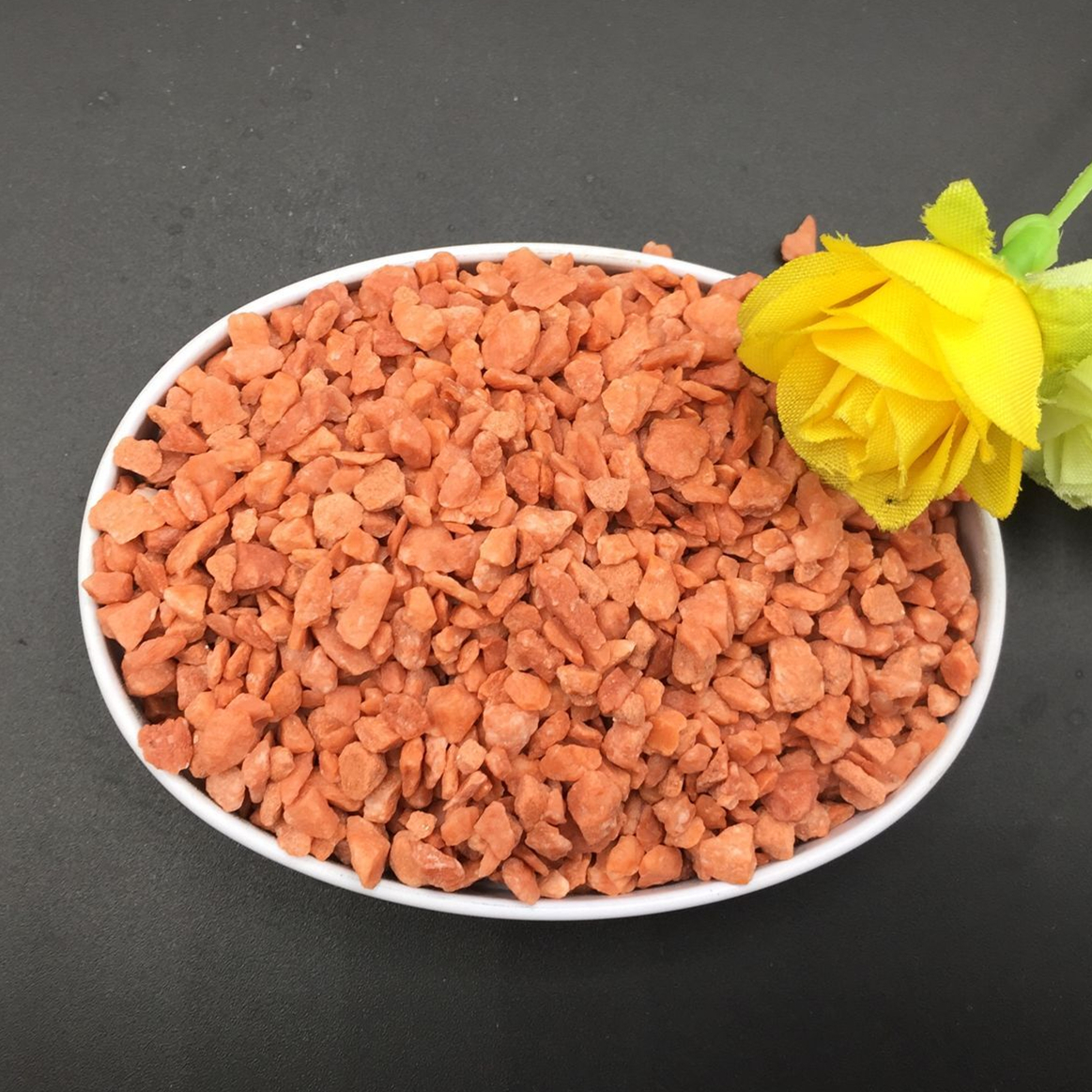
Oct . 20, 2024 12:30 Back to list
nitrogen 46 urea
Understanding Nitrogen 46% Urea Importance and Applications
Nitrogen is one of the most critical elements for plant growth, serving as a fundamental component of amino acids, proteins, and chlorophyll. Among the various nitrogenous fertilizers available in agriculture, urea, especially nitrogen 46% urea, has carved a niche due to its high nitrogen content and cost-effectiveness.
Urea, an organic compound with the chemical formula CO(NH₂)₂, contains about 46% nitrogen by weight, making it the most concentrated nitrogen fertilizer available in the market. This high nitrogen content allows farmers to apply less volume compared to other nitrogen fertilizers, which not only reduces transportation costs but also minimizes the environmental impact of fertilizer application.
The Role of Nitrogen in Agriculture
Nitrogen plays a vital role in plant metabolism. It is essential for the synthesis of nucleic acids and proteins, which are critical for cell growth and reproduction. Plants utilize nitrogen to produce chlorophyll, the green pigment crucial for photosynthesis. Adequate nitrogen levels can lead to vigorous growth and increased crop yields.
Inadequate nitrogen supply can result in stunted growth, yellowing of leaves (chlorosis), and reduced crop quality. Therefore, proper nitrogen management is essential for maximizing yield potential and ensuring food security.
Advantages of 46% Urea
1. High Nutrient Concentration With 46% nitrogen content, 46% urea provides more nitrogen per unit of weight than many other fertilizers. This allows for efficient nutrient management and reduces the frequency of application.
2. Cost-Effectiveness Due to its high nitrogen content, 46% urea is often more economical compared to other nitrogen fertilizers. Farmers can achieve better yields with lower application rates, leading to significant cost savings.
3. Versatility in Application Urea can be applied in various forms, including granules, prills, and liquid solutions. This versatility allows farmers to integrate urea easily into their existing fertilization practices, whether through broadcasting, side-dressing, or fertigation.
4. Ease of Storage and Handling Urea is relatively stable and easy to store, making it convenient for farmers to manage their fertilizer needs throughout the growing season.
nitrogen 46 urea

Application Best Practices
To maximize the effectiveness of 46% urea, farmers should consider several best practices
- Soil Testing Prior to application, conducting soil tests can help determine existing nitrogen levels, enabling precise and tailored fertilizer applications.
- Application Timing Timing is crucial for urea application. Farmers should apply it during periods of active plant growth to ensure that nitrogen is readily available to crops.
- Incorporation into Soil Incorporating urea into the soil can enhance its effectiveness by minimizing nitrogen loss through volatilization, especially when applied to the surface.
- Understanding Soil Conditions Soil pH, texture, and moisture levels can affect urea's efficiency. Adjusting practices based on these factors can lead to better nitrogen uptake by crops.
Environmental Considerations
While urea is beneficial for crop production, it is essential to manage its application carefully to mitigate environmental risks. Excessive use of nitrogen fertilizers can lead to water pollution through runoff and leaching, contributing to issues such as eutrophication in water bodies.
Farmers are encouraged to adopt sustainable practices, such as precision agriculture, to optimize fertilizer use. This approach ensures that nitrogen is applied at the right rate, time, and place, minimizing waste and environmental impact.
Conclusion
Nitrogen 46% urea stands out as a critical tool in modern agriculture. Its high nitrogen content provides essential support for plant growth, contributing to increased agricultural productivity. However, responsible management and application practices are paramount to maximize benefits while minimizing environmental drawbacks. By understanding the importance of nitrogen and the role of urea, farmers can make informed decisions that support sustainable agricultural practices and food security for future generations.
-
10 10 10 Fertilizer Organic—Balanced NPK for All Plants
NewsJul.30,2025
-
Premium 10 10 10 Fertilizer Organic for Balanced Plant Growth
NewsJul.29,2025
-
Premium 10 10 10 Fertilizer Organic for Balanced Plant Growth
NewsJul.29,2025
-
Premium 10 10 10 Fertilizer Organic for Balanced Plant Growth
NewsJul.29,2025
-
50 Pound Bags of 13-13-13 Fertilizer for All Plants – Bulk & Organic Options
NewsJul.28,2025
-
High-Efficiency 15-30-15 Granular Fertilizer for Healthy Crops
NewsJul.28,2025
